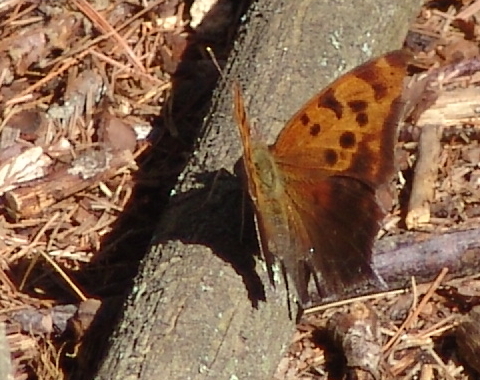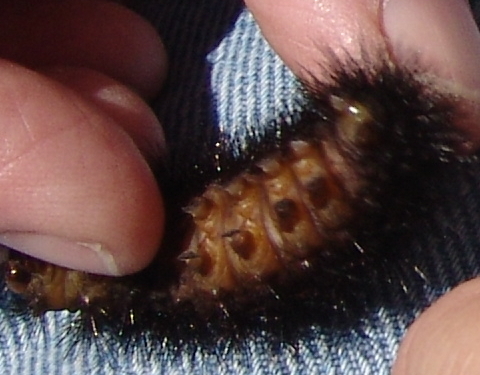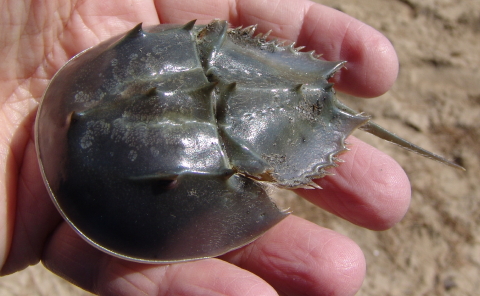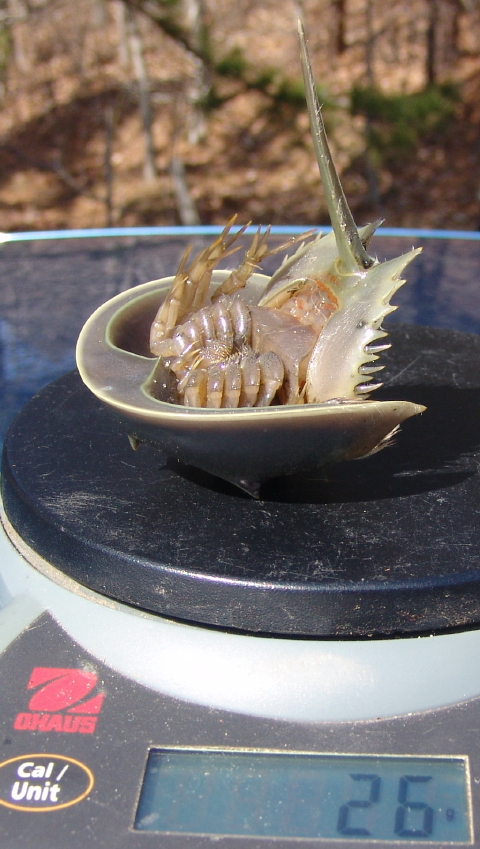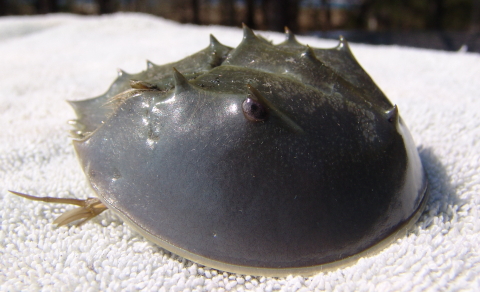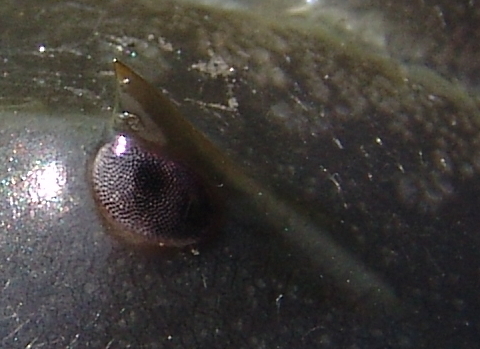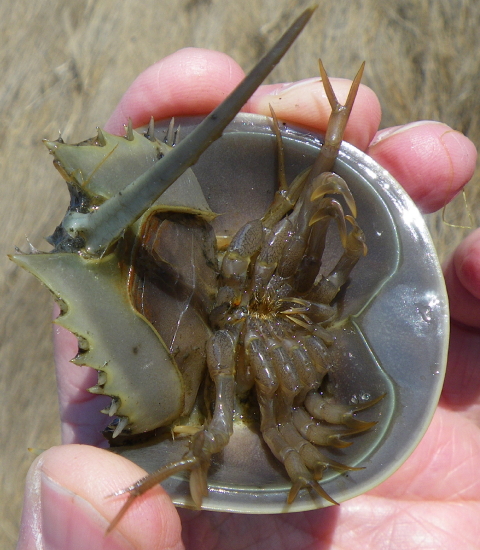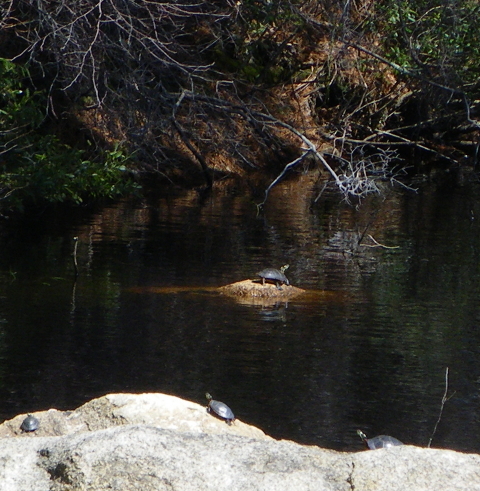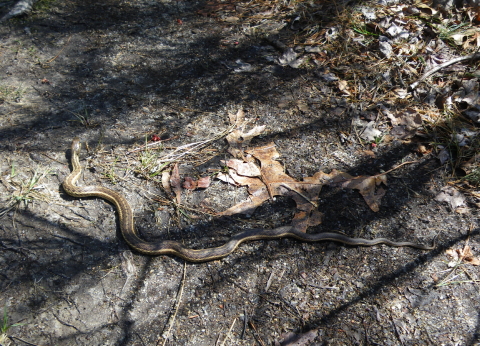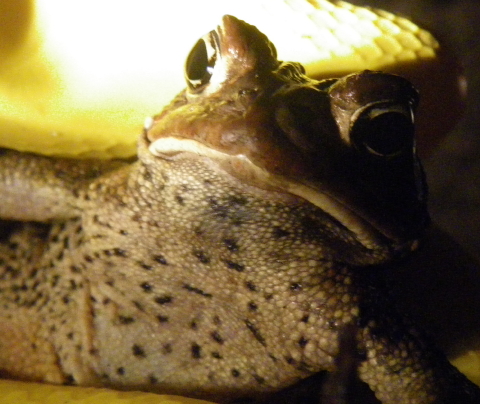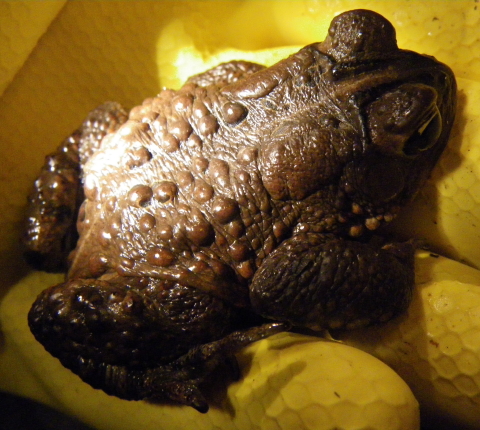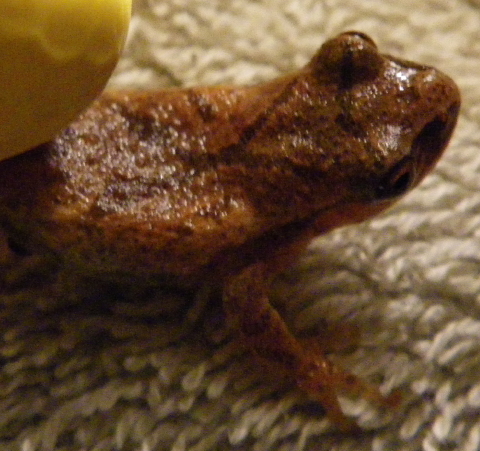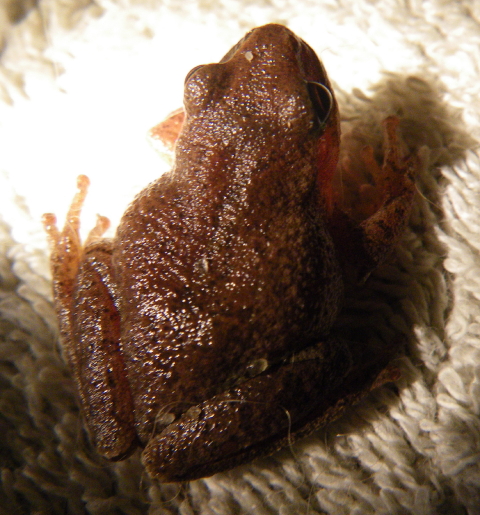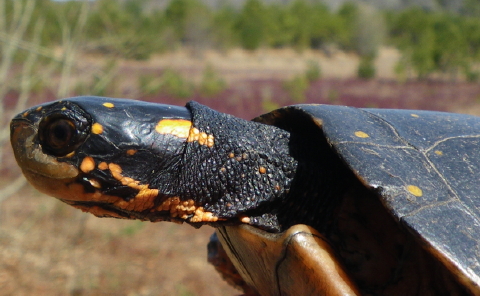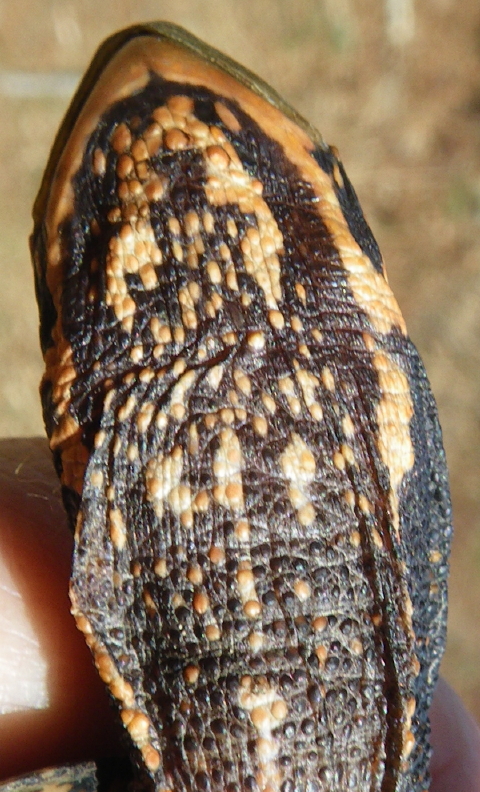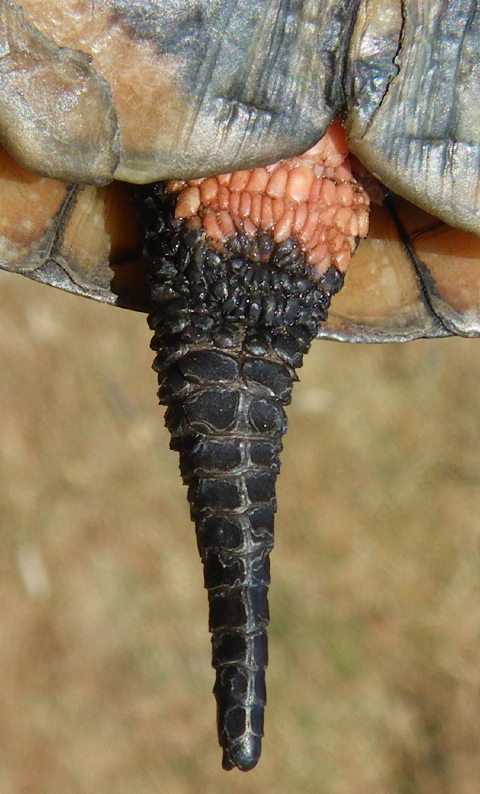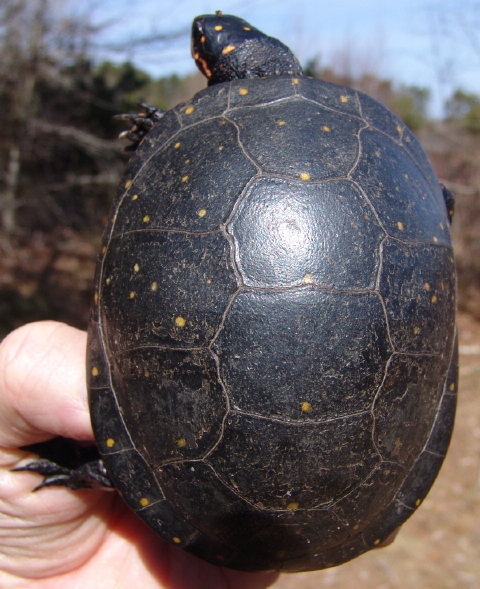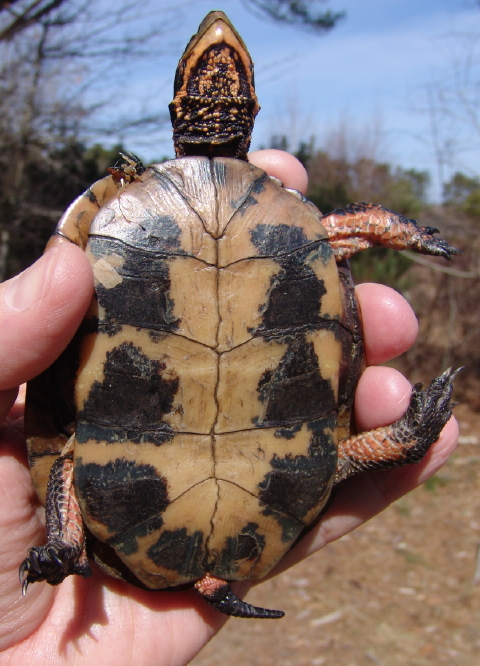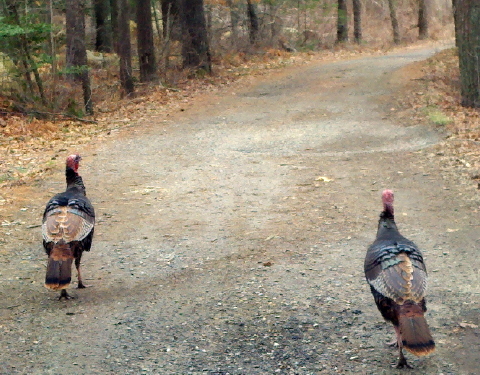Question Mark Butterfly (Polygonia interrogationis)
While roaming woodlands and wetlands in search of hard-shelled reptiles, the Turtle Journal Team often encounters other interesting critters along the way. Yesterday offered us a glorious peek at a couple of intriguing moth and butterfly specimens that we’d like to share with our friends and colleagues. In the pine-oak woodlands near the Great Blue Heron rookery, we nearly stumbled over this magnificent butterfly, which we later identified as a question mark.
Question Mark Butterfly in Marion, MAÂ
No, not a questionable identification. Yes, definitely a question mark! I feel as though I’ve fallen through the rabbit hole and find myself in an old Abbott and Costello skit.
Abbott:Â “A question mark butterfly.”
Costello:Â “I don’t know, you tell me the name of the butterfly.”
Abbott:Â “Question mark.”
Costello: “Yes. What is it?”
Abbott:Â “Question mark.”
Costello: “Okay. I give up. You tell me. What’s it’s name?”
Abbott:Â ‘Question mark.”
And so it goes.
Giant Leopard Moth (Hypercompe scribonia) Caterpillar
On the path to the abandoned Goldwitz Bog also in Marion, Turtle Journal discovered a very large caterpiller, overwhelmingly black with orange-reddish stripes visible as it coiled into a ball when disturbed.
 Giant Leopard Moth Caterpillar in Marion, MA
Ignoring those bright warning colors, we picked up this interesting specimen to examine it closely and to get a sense of its relative size compared to other caterpillars. Luckily for us, this species is not poisonous.
Giant Leopard Moth Caterpillar — Bottom Up
We also like to document the undercarriage of specimens for ease of subsequent identification. Research confirmed that this critter is the caterpillar of a giant leopard moth.
Giant Leopard Moth Caterpillar near Abandoned Bog
We watched as the moth zigzagged through needles and leaves, occasionally burrowing under the ground cover for a peaceful interlude.
Giant Leopard Moth (from insectlove.tumblr.com)
Back at Turtle Journal headquarters, we searched the internet to find a photograph of the mature giant leopard moth. We found this picture on insectlove.tumblr.com, but we look forward to encountering a live specimen to capture on film. The giant leopard moth has a wingspan of three inches!
